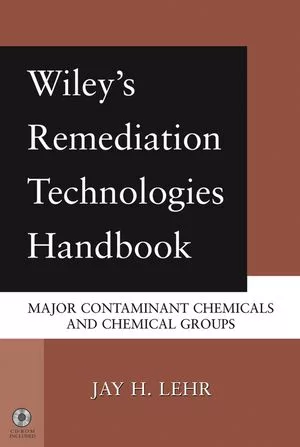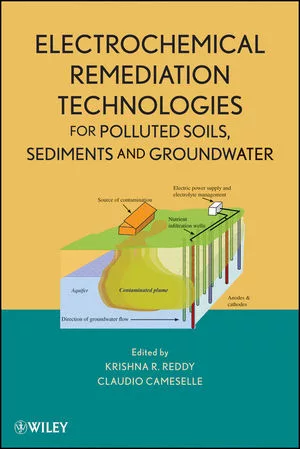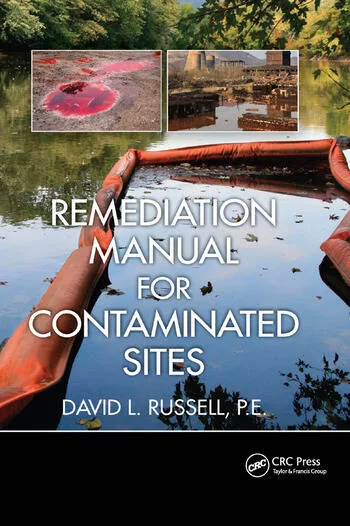Scientists Unveil Roadmap for Destroying ‘Forever Chemicals’ in Water Using Catalysis
Research team introduces a new metric to measure success: electrical energy per order of defluorination (EEOD)

A coalition of scientists from Rice University, Carnegie Mellon University, and international partners has charted a new course for tackling one of the planet’s most stubborn pollutants: per- and polyfluoroalkyl substances, or PFAS. Known as “forever chemicals” for their infamous persistence in the environment, PFAS have contaminated water sources worldwide and eluded traditional treatment methods.
In a study published May 2 in Nature Water, the research team proposes a transformative approach that leverages heterogeneous catalysis—a process where solid materials accelerate chemical reactions—to not just separate but fully destroy PFAS molecules in water.
“Catalysis offers a promising path to completely break down PFAS molecules, but current approaches are still far from optimal,” said Michael Wong, co-author and chair of Rice University’s Department of Chemical and Biomolecular Engineering. “We need smarter design, better process integration and a more nuanced way of comparing technologies that accounts for energy, cost and toxicity reduction.”
PFAS are found in products ranging from firefighting foam to nonstick pans, and their strong carbon-fluorine bonds make them almost impossible to break down naturally. Conventional water treatments typically only remove PFAS from water, leaving behind toxic waste that still requires disposal.
The researchers suggest a three-step “treatment train” for PFAS destruction: first, a pretreatment stage transforms the complex mix of PFAS into simpler compounds using known chemical reactions. Next, a series of carefully chosen catalysts strips away the toxic molecules’ sturdy fluorine atoms, breaking the carbon-fluorine bonds responsible for their persistence. Each stage uses a specialized catalyst tailored to the PFAS structure at that point—such as titanium-based materials for oxidation and palladium for a process called reductive hydrodefluorination.
“Think of it as a relay race,” explained Thomas Senftle, co-author and professor at Rice. “Each catalyst hands off a partially degraded PFAS to the next until the molecule is completely broken down. Our goal is total defluorination.”
To help researchers compare the effectiveness of various catalytic treatments, the team introduced a new metric: electrical energy per order of defluorination (EEOD). Unlike traditional measures that focus on removal, EEOD zeroes in on actual destruction of the chemical’s resilient bonds.
The paper also highlights the need for catalysts that can selectively target PFAS in the presence of other contaminants, as well as the use of computer modeling and machine learning to speed up catalyst discovery. The authors call for greater collaboration and open data sharing to accelerate the development of real-world solutions.
“PFAS are a generational challenge,” Wong said. “We owe it to future generations to find smart, sustainable solutions, and catalysis can be one of them.”
The research received support from the National Science Foundation, National Institute of Environmental Health Sciences, Carnegie Mellon College of Engineering, and the National Natural Science Foundation of China.
Read more: “Merits, limitations and innovation priorities for heterogeneous catalytic platforms to destroy PFAS” in Nature Water.






